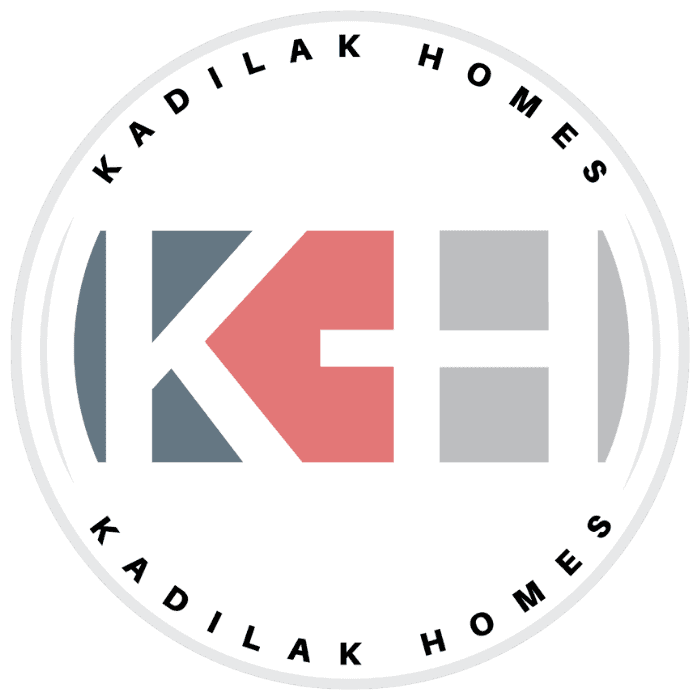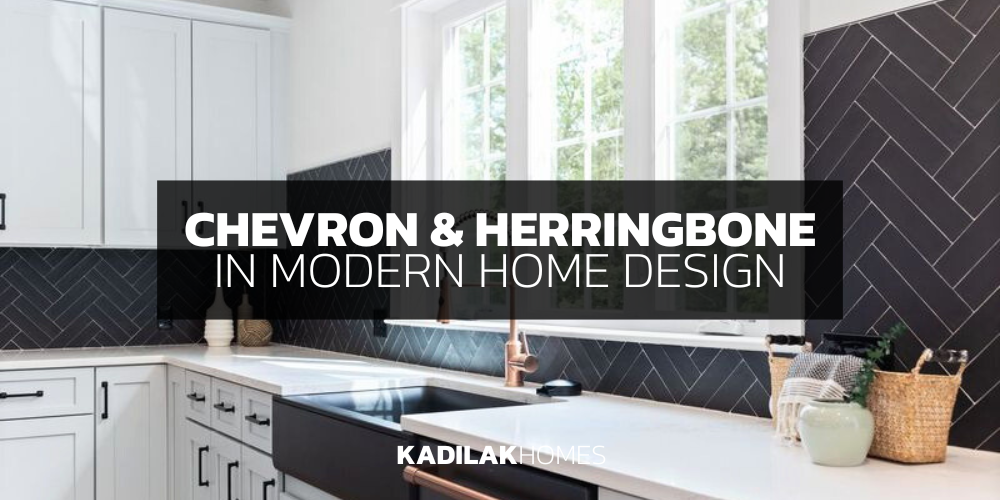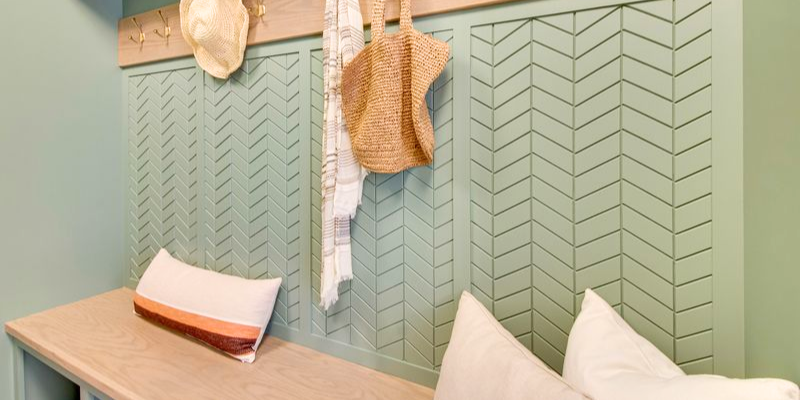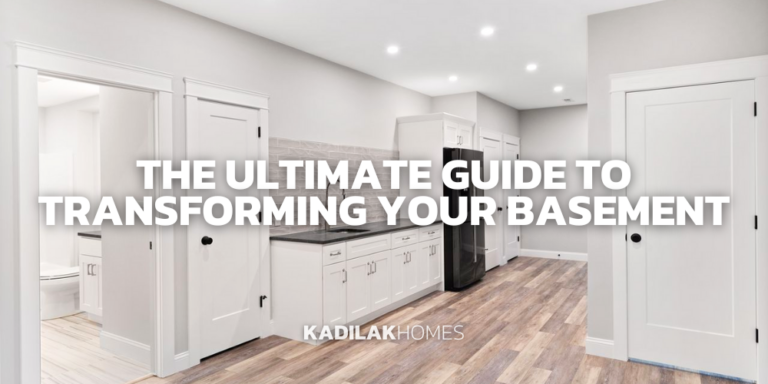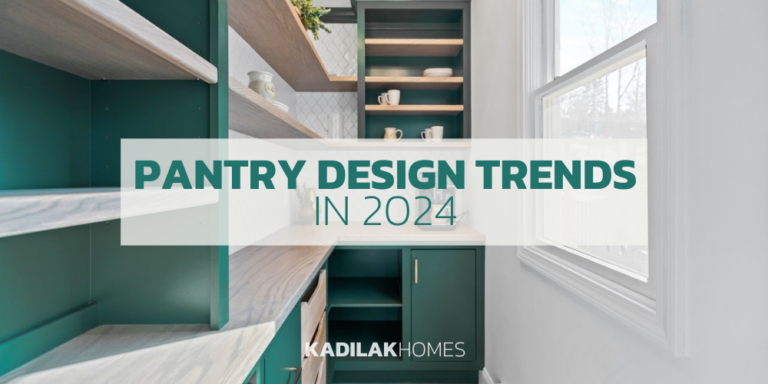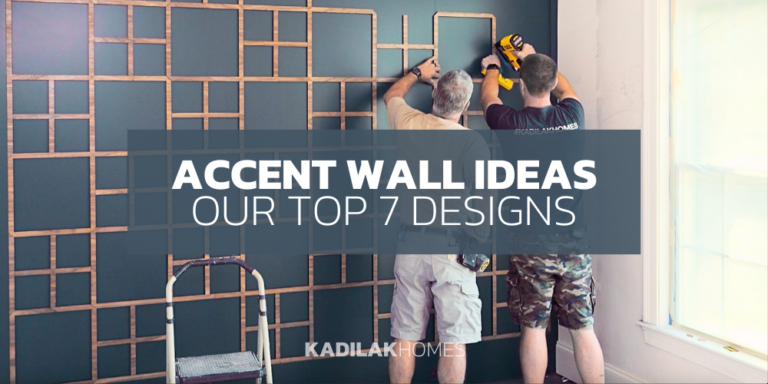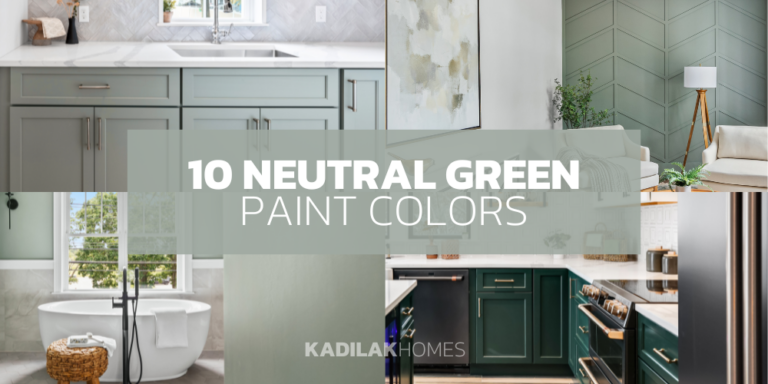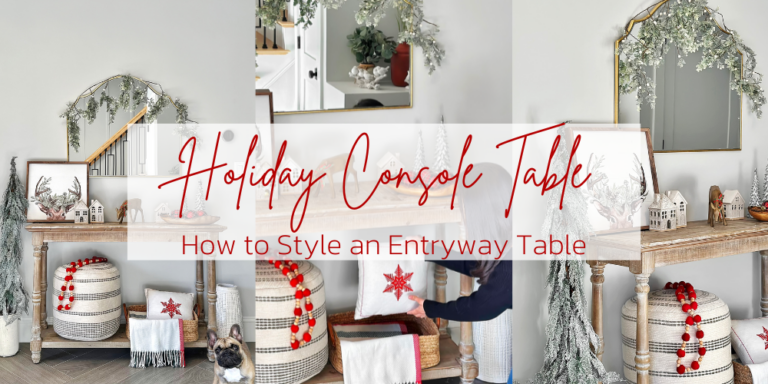In the world of home design, patterns can play a pivotal role in setting the tone and style of a space. Chevron and herringbone, two patterns rich in history and visual impact, are particularly notable for their versatility and dynamic presence. In this blog, we’ll discuss chevron and herringbone design patterns, their origins, their differences, and why they remain a popular choice among homeowners and designers alike.
Origins
I always chuckle a bit when someone asks if these patterns are too trendy right now. Both chevron and herringbone patterns have a storied history, dating back to ancient times. The herringbone pattern, resembling the skeleton of a herring fish, has been used in Italian and French architecture for centuries, evident in the roads of the Roman Empire and later in the parquet flooring of grand European chateaus. Chevron, on the other hand, can be distinguished by its V-shaped pattern, a style that became prominent in 17th century France and has been synonymous with luxury and opulence ever since.
Understanding the Difference
Although often used interchangeably, chevron and herringbone are distinct in their layout and visual impact:
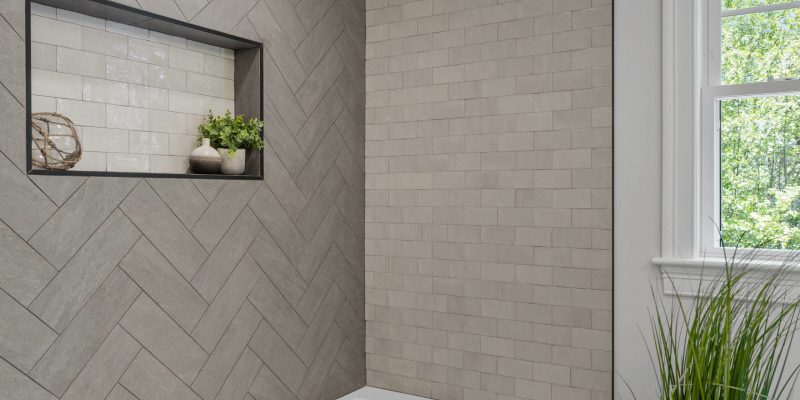
Herringbone: This pattern is created by placing rectangles in a staggered zigzag pattern, where each rectangle is aligned with the end of the rectangle beside it, forming a broken zigzag pattern. Featuring: Renovation Rekindle S2E6: Same Space, Different Place.
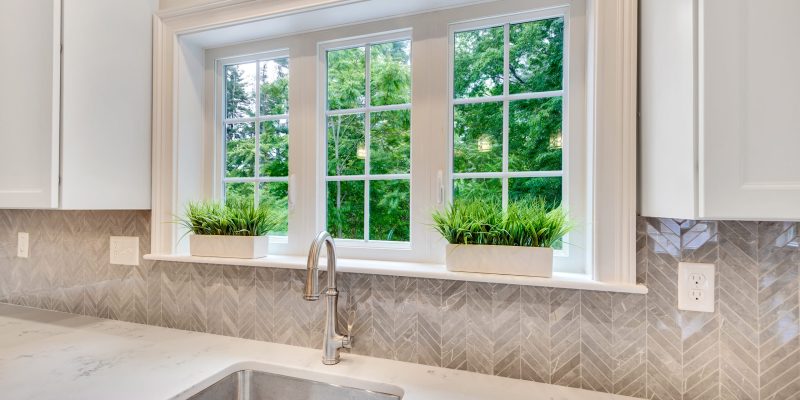
Chevron: This pattern is created when angle-cut pieces meet at perfect points creating a continuous zigzag design. This seamless alignment is visually striking and often gives the illusion of a more open space.
Why Choose Chevron and Herringbone?
Unlike some trends that have come and gone, chevron and herringbone patterns have stood the test of time. When incorporating chevron or herringbone patterns into your home, consider the following tips:
- Flexibility: These patterns can be executed in a variety of materials, including wood, tile, and fabric, allowing for creative flexibility in design choices.
- Material Size: The size of the material can drastically affect the overall look. Larger pieces can modernize a space, whereas smaller pieces can offer a more classic and detailed appearance.
- Direction of the Pattern: The direction in which the pattern runs can influence the perception of space in a room. Running the pattern along the longest dimension of the room can create an illusion of length.
- Color Palette: While these patterns can stand out in neutral tones, using bold colors can turn them into a striking design statement.
These patterns aren’t just for tile! We custom-carved a chevron pattern into these wood panels for the back of this mudroom bench (featured in our Nature-Inspired Home Tour).
Multi-Color Herringbone
These showers are both examples of multi-colored herringbone tiles. One with lighter grays and light green hues (from the Boy’s Bathroom Project), and the other with more bold charcoals and light grays (from Renovation Rekindle S1E8: Rebuilding an Abandoned Home).
Double Herringbone Tile
Something fun about these patterns is how creative you can get. Above, we chose a double herringbone pattern, which almost gives the illusion of a basket-weave pattern. This bold pattern and rich shade contrasts very well with the white grout and cabinetry. Featured in Renovation Rekindle S1E8: Rebuilding an Abandoned Home.
Chevron and herringbone are more than just trendy patterns; they’re enduring design elements that offer a beautiful timeless charm. Whether you’re renovating an old space or building a new home, it’s worth considering incorporating these patterns into your design.
